#revwar
Text
Who Wants a Non-Hessian German Troops of the American Revolution Uniform Identification Flow Chart?
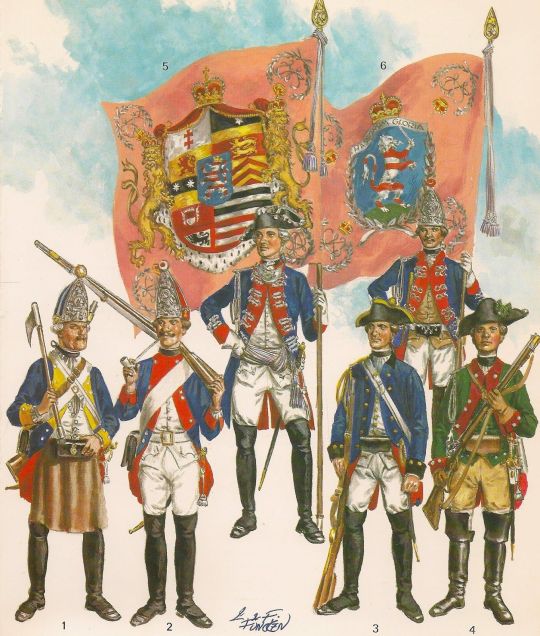
Now you too can roleplay as a harried British staff officer trying to identify which troops are encamped where, or a devious rebel spy collecting intelligence.
As folks may or may not know, only roughly 50% of the German state troops who served the British Crown during the American Revolution were “Hessians” from Hesse-Cassel. There were six other states that provided “subsidy troops.” Here’s how to tell them apart at a glance.
Are their uniforms predominantly dark blue? If yes, go to the paragraph numbered 4. If no, go to the para numbered 2.
2. Are their uniforms predominantly white? If no, go to the para numbered 3. If yes, those are troops from Anhalt-Zerbst. The only German state involved in the war to take its uniform and organisational cues from Austria rather than Prussia, the single Anhalt-Zerbst line regiment deployed to America wore white regimental coats faced with red. Their grenadiers wore bearskins rather than metal-faced caps (the only other German state to do this was Waldeck). One battalion also, according to one shocked British officer, had one of the most outrageous-looking uniforms of the war, including hussar hats, red and yellow waist sashes and red cloaks - these may have been “pandour” irregulars from the edges of the Austrian empire.

3. The coats are neither white nor blue, so they must be red. In this case, the troops are Hanoverian. While still mostly following Prussian style, because they shared a ruler with Britain, Hanoverian troops wore red. Five Hanoverian regiments assisted Britain with vital Mediterranean defence during the American Revolution, before going on to fight in India. They were the only redcoat Germans fighting for the Crown outside the British Army.
4. Your Germans are wearing blue coats. Are the buttons on the coat lapels arranged 1-2-1, and do the cuffs have a “Swedish” style slit to them? If no, go to the para numbered 5. If yes, they’re from Brunswick-Wolfenbüttel. Brunswick provided the most soldiers after Hesse-Cassel, and arguably the most rounded force, with four line regiments, one dragoon regiment, one grenadier battalion and one light infantry battalion. But whether jäger, musketeers or grenadiers, they almost all had coat buttons in groups of 1-2-1 and the slit-style cuffs. Fun fact; the Brunswick crest of a racing white horse on a red field was the same as neighbouring Hanover’s.

5. Your Germans are wearing blue, but don’t have buttons in 1-2-1 and Swedish cuffs. Do they have yellow facings, and cuffs with buttons placed both horizontally and vertically? If no, go to the para numbered 6. If yes, they are from Waldeck. This German state usually provided troops for the Dutch, but raised a new unit, the 3rd English-Waldeck Regiment, for service in America. They mostly fought against the Spanish in the Deep South, where they were decimated by disease. If the unusual position of the buttons on the cuff isn’t enough, look for the belt plate bearing “FF” for “Fuerst Friedrich,” the state’s ruler.
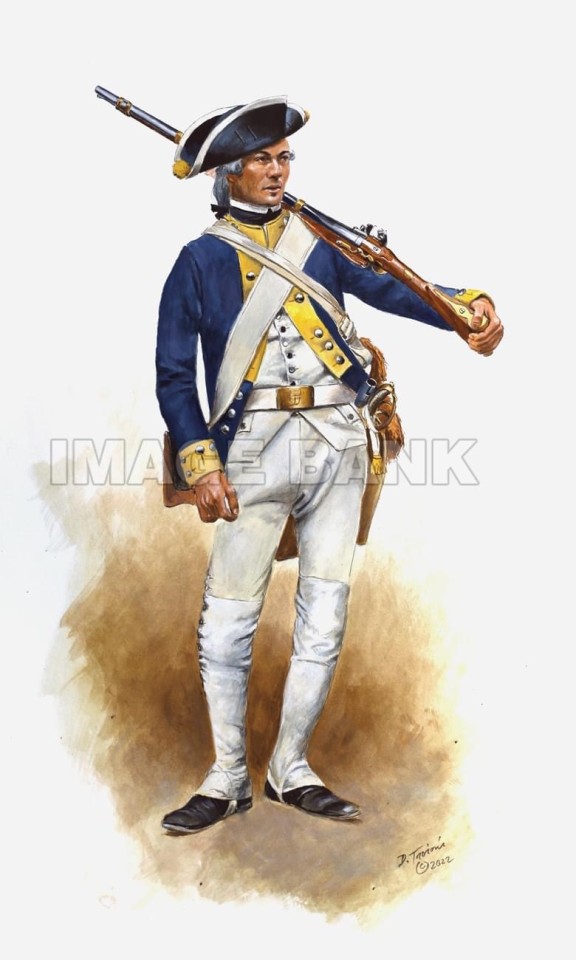
6. Do your blue Germans have red facings, cocked hats and unusual lace on their coats, shaped like a figure-of-eight? If no, go to the para numbered 7. If yes, they’re from Hesse-Hanau. This state was closely related (in the sense of its ruler, literally) to Hesse-Cassel, yet remained independent. While it provided a small amount of artillery, jägers and freikorps light infantry, its main contribution was a single line regiment, Erbprinz. Their distinctive features were scalloped lace on their cocked hats and the figure-of-eight “Brandenburg” style lace. There was also a Hesse-Cassel Regiment Erbprinz (even sharing the same colonel-in-chief), but they were fusiliers with caps rather than the Hesse-Hanau musketeers with their cocked hats. Check the mistake made by this artwork - these are Hesse-Hanau soldiers from the Infanterie Regiment Erbprinz, but they’re wearing Cassel fusilier caps. Bonus fact; Hanau and Cassel’s crest both features a rampant lion with red and white stripes, but there are subtle differences - they face opposite directions, the style of stripes are slightly different, and the Hanau lion lacks the Cassel one’s crown, but does wield a sword.

7. Do your blue-coated Germans have a black eagle on their flags and grenadier cap plates? If no, they’re probably from Hesse-Cassel. If yes, they’re from Ansbach-Bayreuth. This German state consisted of two provinces, Ansbach and Bayreuth (funny that). Besides jägers and some battalion guns, their main contribution was two infantry regiments, one from each of the two provinces. Their ruler’s crest was a black eagle, similar to the Prussian one.

Of course these posts don’t account for the uniforms of the jäger corps, or musicians, or any artillery, but it can serve as a rough guide. For the proper detail, you’ll have to buy my forthcoming book on the topic!
Also would be pretty cool if someone made an actual flow chart out of this, just saying!
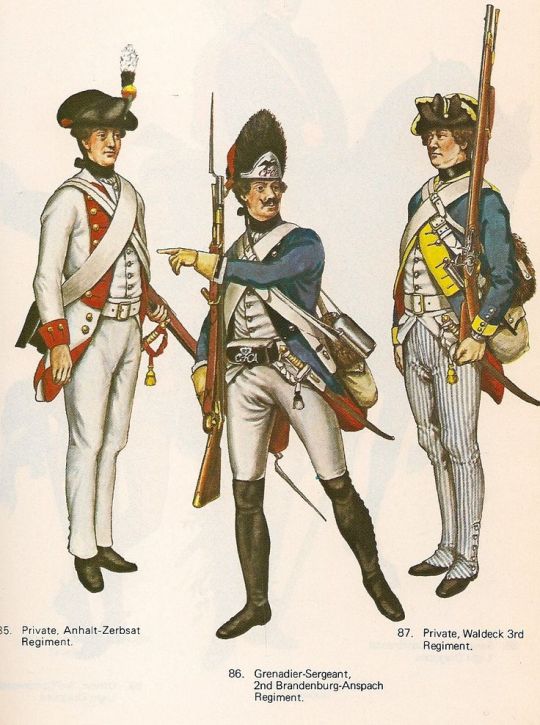
#hessian#hessians#german#germany#german army#german military#18th century#history#military history#american revolution#revwar#american war of independence
344 notes
·
View notes
Text

Some studies I did of the British at Monmouth this past June, featuring soldiers and musicians from the 22nd, 33rd, and 71st regiments of foot, inspired by William Barns Wollen’s 1911 sketchbook. Fantastic event and I can’t wait to do it again.
(Alternate, color-less version below cut)

#I never post my art mostly because I don’t have anything Postable but I liked this one#also the closest thing I’ve ever done to a self portrait lol#I had so much fun at this event this was the result of me not knowing what to do with myself afterward#my art#art#british military#amrev#revwar#reenactment#revolutionary war#american revolution#redcoats#god save the cheshire regiment#I am Scared to post this but whatever#historical art#history#monmouth#battle of monmouth#the captain draws#redcoatposting#awi
218 notes
·
View notes
Text

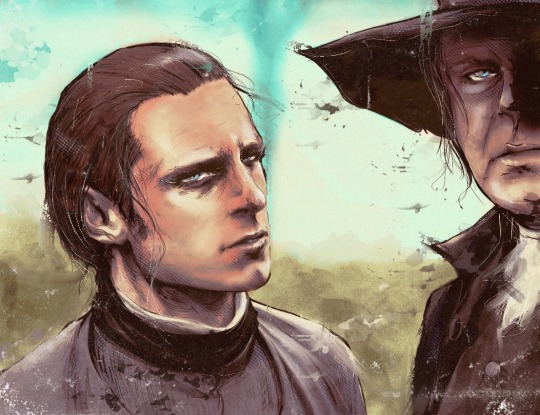
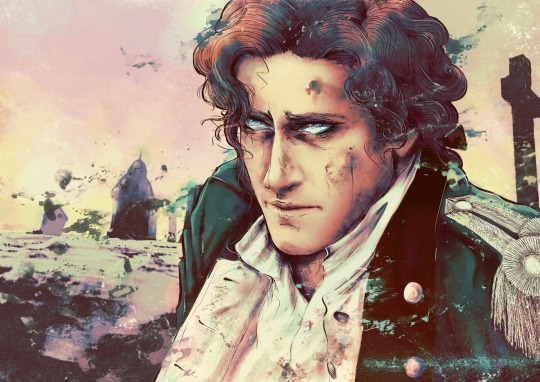



Some TURN scribbles
#benjamin tallmadge#ben tallmadge#abraham woodhull#seth numrich#jamie bell#john graves simcoe#samuel roukin#edmund hewlett#burn gorman#marquis de lafayette#lafayette#mary woodhull#turn washington's spies#american history#american revolution#turn amc#revwar#1776#fanart#my art#digital art#vintage#vintage style#18th century
66 notes
·
View notes
Text

Happy 267th/269th to the little lion ★!!!
#I love him so much#I put exactly 267 candles on that cake only to cover up over 38 of them with words#Hamilton#alexander hamilton#historical hamilton#historical alexander hamilton#digital art#amrev#revwar#american revolutionary war#revolutionary war#american revolution#history#retro art#on this day#on this date#this day in history#amrev art#hamilton fanart
102 notes
·
View notes
Video
youtube
Now on Kickstarter: The American Crisis Sourcebook
The first full-length campaign guide from Nations & Cannons is launching on Kickstarter! The American Crisis: War in the North is a 5e compatible sourcebook for historical 18th century adventures set during the Revolutionary War! At over 200 pages, the book includes:
A six-chapter campaign from the Siege of Boston to Valley Forge, for characters level 1-5
An historical timeline, atlas, and biographies of key historical figures
New equipment, gambits, and 2 subclasses: the courageous Drummer and the fearsome Jäger
Annotated maps of Boston, New York, Quebec City, Philadelphia, and more!
Don’t throw away your shot! Reserve your copy today at:
YourDadWillLoveThis.com
#revwar#revolutionary war#US history#american history#history#american revolution#amrev#dungeons and dragons#dnd#d&d#ttrpg#5e#history teachers#social studies#Hamilton
306 notes
·
View notes
Text
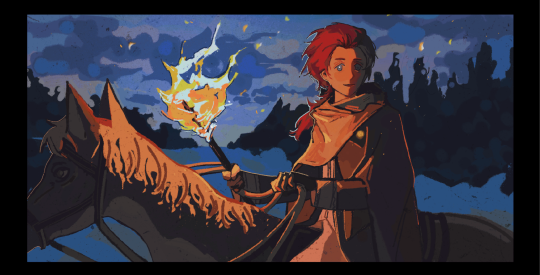
145 notes
·
View notes
Text




I visited family near Albany this weekend, and while exploring a historic cemetery I stumbled across a RevWar general, and one who features prominently in my future 5th Revolution book set during the Siege of Fort Schuyler (Stanwix). I only noticed it because I thought, "that stone looks old, oh it says 1777 and there's a flag, I should go look!"
The inscriptions read:
He served under Montgomery in Canada in 1775 In 1777 defended Fort Stanwix against St. Ledger thereby preventing his junction with Burgoyne and died in active command at the beginning of the war of 1812
To the memory of Peter Gansevoort Junior a Brigadier General in the army of the United States who died on the 2nd day of June 1812 aged 62 years 11 months and 16 days
Here Stanwix chief and brave defender sleeps
And the side for his wife:
Catherine van Schaick wife of Peter Gansevoort Jr. Died Dec. 30 1830 aged 78 years 4 months and 14 days [I think]
#albany rural cemetery#accidental research trip#my aunt got to hear a lot about history she probably didn't care about#peter gansevoort#revwar#american revolution#amwriting historical fiction#histfic#history is all around you
5 notes
·
View notes
Photo
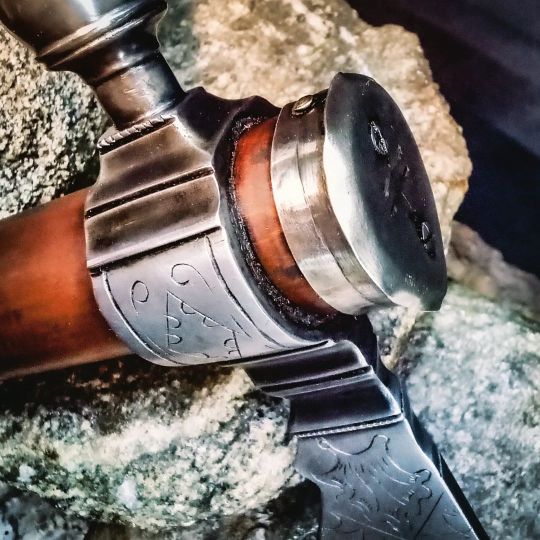
Burnished steel moldings and German silver mounts on a sneak peak of an upcoming pipe tomahawk; this time a historical copy of the famous R. Butler tomahawk from the American Revolution #artofweapons #seakpeak #revwar #pipetomahawk #pressentation #peacepipe #americantevolutionarywar https://www.instagram.com/p/CoWYTQUsar1/?igshid=NGJjMDIxMWI=
2 notes
·
View notes
Text
NOOOO THE ONLY REV WAR REENACTMENT I KNOW OF IN CA IS CANCELLED 😭😭😭😭
The next one is in 2024 💀
Luckily my Royal Marines kit will be done by then :,)
0 notes
Text
Udney: Independence!
Amias and Cyrus: Huzzah! Huzzah!
Obadiah: Down with the King!
Elijah: Liberty!!
Joseph: freedom! Huzzah!
(Mod: Happy Fourth of July everyone! Raise a glass to independence!)
#ic#ooc#Amias Grey#Udney Hutchinson#Cyrus Ackerman#Obadiah Westington#elijah whitaker#joseph plumb martin#independance#Independence Day#Udney#Amias#Cyrus#Obadiah#Elijah#Joseph#revolutionary war soldier oc#Continental soldier#revwar#American revolution
0 notes
Note
❝You can keep your secret for the present, if you want to be mysterious." Templeton laughs lightly, unperturbed by the other man's reluctance to talk. If Theo's secret is an interesting one, he is sure he will ferret it out sooner or later.--AmRev Templeton Peck/AVictimoftheJazz
Theodore stared bleary-eyed at Templeton. After having parted ways with Tanner he'd wound up arrested, swiftly tried for desertion, and hanged. He wasn't entirely certain what happened after that... but he'd made his way back to Anna in search of help, then decided Setuaket was too small of a community and harboring someone like himself was too much of a risk for her.
Especially, well, especially since he wasn't sure how, exactly, he'd survived a hanging.
They'd only met the once, and Theodore barely remembered the encounter thanks to a concussion, but... he thought perhaps Templeton in Philadelphia would help him. The man had, but he also pressed for answers that Theodore didn't know how to give. He just shook his head, "If I knew, I'd tell you." He answered after a moment of hollow-eyed staring.
"I should've known you were a spy. Serves me right, asking someone such as yourself for help."
@avictimofthejazz
4 notes
·
View notes
Text
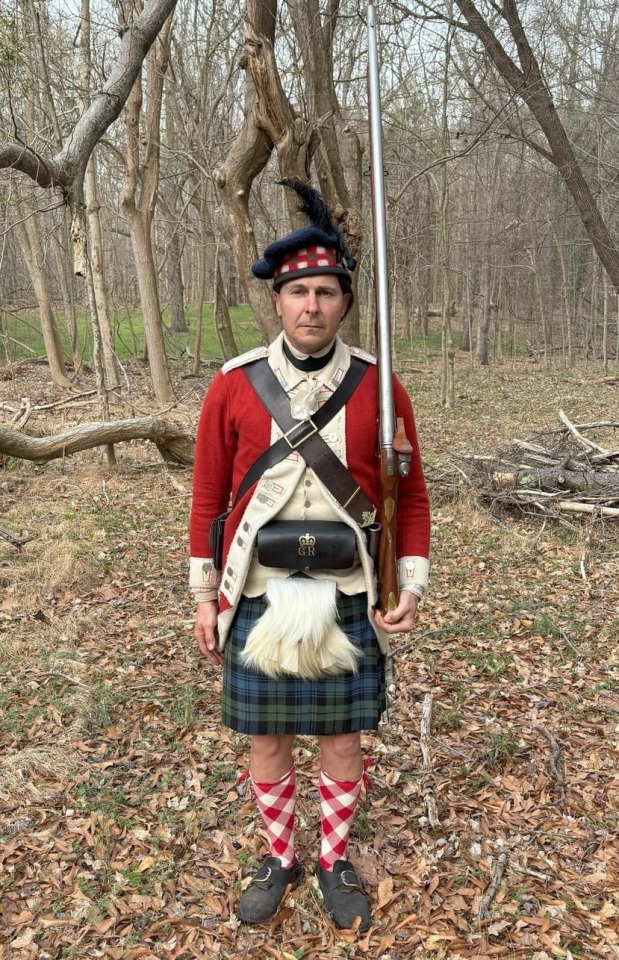
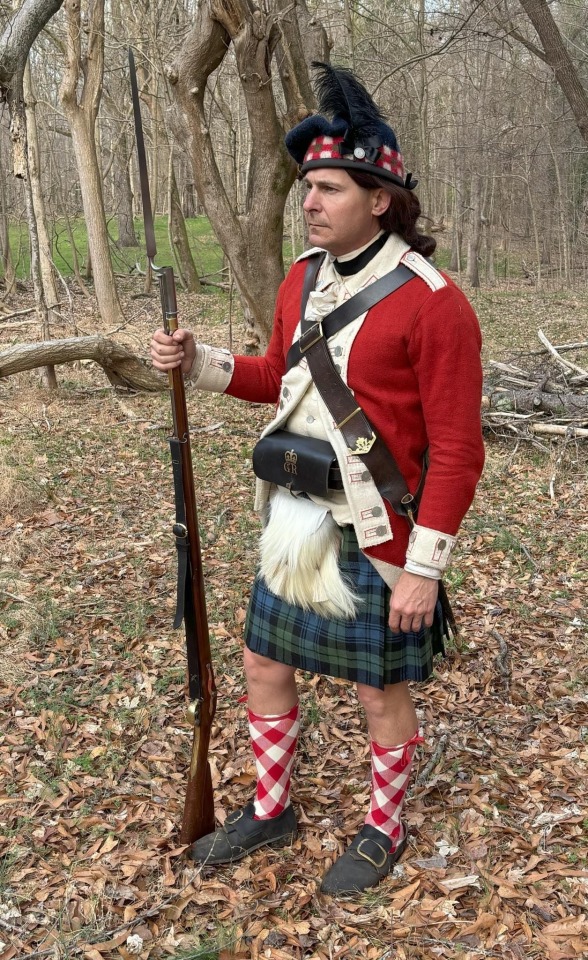

The newest kit - including the new sporran - for the recreated 71st Regiment (Fraser’s Highlanders) during the American Revolution! Pics (and more details) on their Facebook page, “71st Regiment of Foot - Fraser’s Highlanders, Captain Sutherland’s Company.”
#history#british army#military history#18th century#american revolution#redcoat#american war of independence#revwar#redcoats#scotland#clan Fraser#Fraser’s highlanders#71st foot#highlander#highlanders
130 notes
·
View notes
Text



Snapshots from Washington’s 292nd birthday weekend at Dey Mansion. My coolest takeaway is that I can officially say I’ve slept in Washington’s 1780 office!
#wild.#if I can think of enough funny stuff to make a list I’ll post about it#historical reenactment#amrev#revwar#god save the cheshire regiment#this is your captain speaking#dey mansion
65 notes
·
View notes
Text
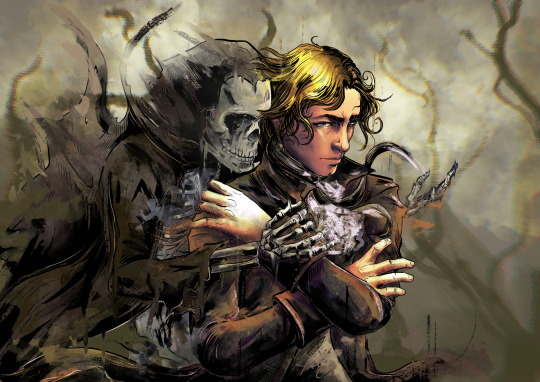
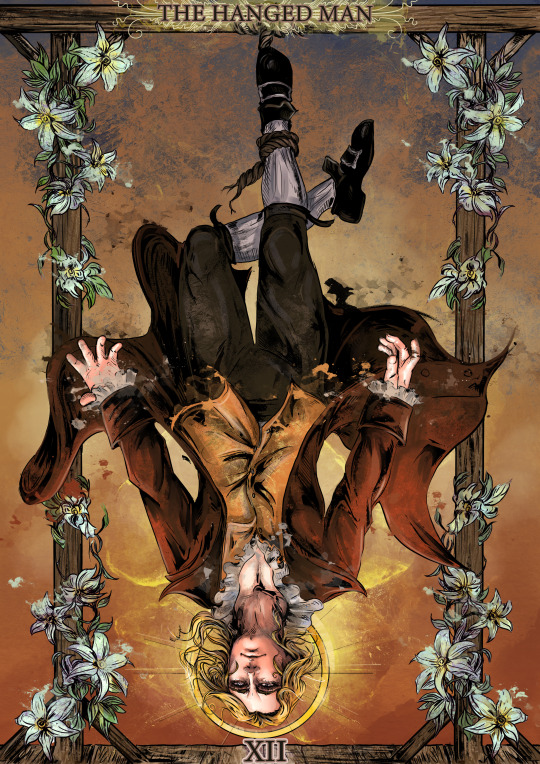


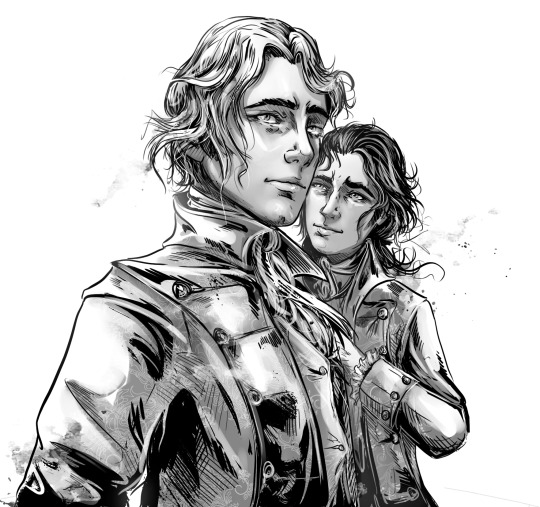


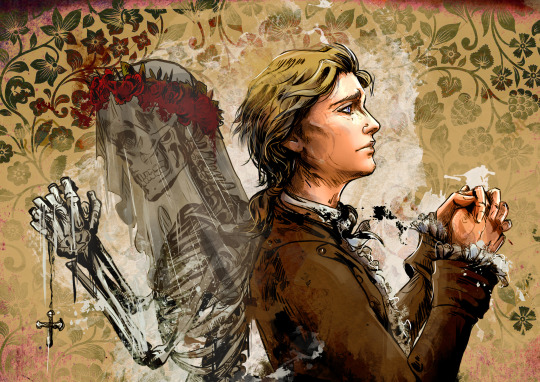

It's Nathan's month, and as you know, I'm obsessed with him, so here is some Hale art I made from 2020 to 2022.
A new one is in progress <3
(Sorry about the last one, btw xD)
The book I illustrated about Benjamin Tallmadge and Nathan Hale is available on the following link: https://www.amazon.com/Revolutionary-Voices-Benjamin-Tallmadge-Nathan/dp/B0BD15JMYX?ref_=ast_author_dp
#nathan hale#benjamin tallmadge#halemadge#digital art#digital painting#dark art#18th century#historical#american revolution#revwar#1700s#bizzare#my art#death#fanart i guess
50 notes
·
View notes
Text
December 19th, 1777, the day George Washington marched his troops into Valley Forge!
Hello everyone! Today's the day George Washington and his army moved to the Valley Forge Encampment for the winter (except today may not be the day because while most sources claim it was the 19th a select few say it was the 18th also I live in the Southern Hemisphere and I'm not entirely sure what day it is for you North-folk). Also sorry for any bad quality, I'm writing this at 1:12 AM on a Wednesday and I have not slept since Sunday.

Anyway about Valley Forge:
George Washington and his soldiers moved into the Valley Forge encampment on the 19th of December, 1777. George Washington chose to stay at the Valley Forge for multiple reasons, number 1 being that it wasn't too far from the capital of Philadelphia, which at the time was being occupied by the British, and the Continentals had to make sure that they kept an eye on the redcoats because if they didn't then the redcoats could attack American citizens or take over random people's houses, something that they did rather frequently (think the Quartering Act), and the army wouldn't be there to fight back or wouldn't know that they were occupying a certain house. Also, they needed to know where the redcoats were in case they moved, because if they moved, they might be going off to battle and trying to do a surprise attack on the Continentals. Knowing where the British were made it so that surprise attacks couldn't be used against the Americans. + Valley Forge wasn't too close to the Philadelphia countryside, so the Army wouldn't bother the local farmers with the noise of thousands of soldiers training every day. And the Valley Forge was on high ground and surrounded by hills, so it'd be hard for the British to get to them.
About 11,000 soldiers and a few hundred of their wives, children, and friends made it to the Valley Forge, and if you're particularly observant, you may have noticed that in the image above, the soldiers aren't wearing any one uniform. This is because the Continental Army at this time was comprised of mainly little militia groups with their own distinct uniforms. Anyway, Valley Forge wasn't unenjoyable because of bad weather, but rather bad weather combined with a severe lack of supplies like shoes, shirts (really any clothing item), and food and drink. Washington estimated that nearly a third of his men didn't have shoes during the journey to Valley Forge, and quite a few of them didn't have a frock coat to protect them from the winter wind and rain. When they arrived at the camp, Washington gave orders to all of his men to build their own wooden huts and find some straw to use as bedding, as they didn't have enough blankets for everyone. Then Washington was informed by another senior officer that they had 25 barrels of flour and a little salt pork, and they were meant to somehow use that to feed the whole army. Washington wrote to Henry Laurens, the president of Congress at the time, about this issue. Washington and his aides-de-camp stayed in a two-story house made of stone, and Washington spent much of his time writing to Congress, asking for more supplies and defending himself against Congress' claims that he wasn't a good military leader and that he wanted total power, and he complained about the Conway Cabal (a group of three men who Congress decided to give as much power as the Commander-in-Chief). But outside of Washington's personal struggles, the Valley Forge encampment was all about training. When the Continentals were there, they trained for battle constantly and learned how to use bayonets properly, fight in a disciplined way, march in a near perfect straight line and execute commands quickly on the battle field.
Many generals helped George Washington during his struggle, both to show his competence and with his men. Lafayette got officers from Europe (mainly France and Poland) to help with the war; Henry Knox helped build defensive walls on the Valley Forge's hills to help the Continentals protect themselves against the British; Nathanael Greene and Anthony Wayne searched for farm animals from the country side; and probably most famously, Baron Frederich von Steuben taught the Americans all about fighting and took care of all of the training in fact he added some of his lessons into the Army's blue book and it was the official US military training manual for decades. Even Martha Washington helped by managing Washington's household, helping him with his letters to Congress, and bringing some cheer to the camp by entertaining the guests. By the spring of 1777, life at Valley Forge wasn't half bad. Washington figured out a way he could get enough supplies into camp, and everyone happily celebrated when they heard that France was officially their ally in the war. In June 1778 the Continentals happily marched out of the Valley Forge with heaps of new knowledge that they'd use to help them on the battlefield and eventually beat the British with.
#amrev#american revolution#american revolutionary war#american history#history#revolutionary war#valley forge#george washington#on this date#on this day#18th century#18th century america#revwar#military history
73 notes
·
View notes
Photo



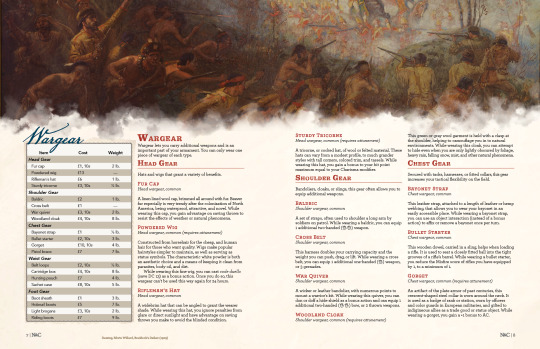




Flintlock Firearm Rules (v4)
Latest version of the Nations & Cannons black powder rules, with stats for 18th century flintlocks from muskets to dueling pistols, including new equipment options for players in a historical campaign to customize their loadout.
#revwar#revolutionary war#US history#american history#history#american revolution#amrev#colonial#18th century#dungeons and dragons#dnd#d&d#ttrpg#homebrew#5e#black powder#flintlock#musket#kentucky rifle#dueling pistol#artilery
25 notes
·
View notes